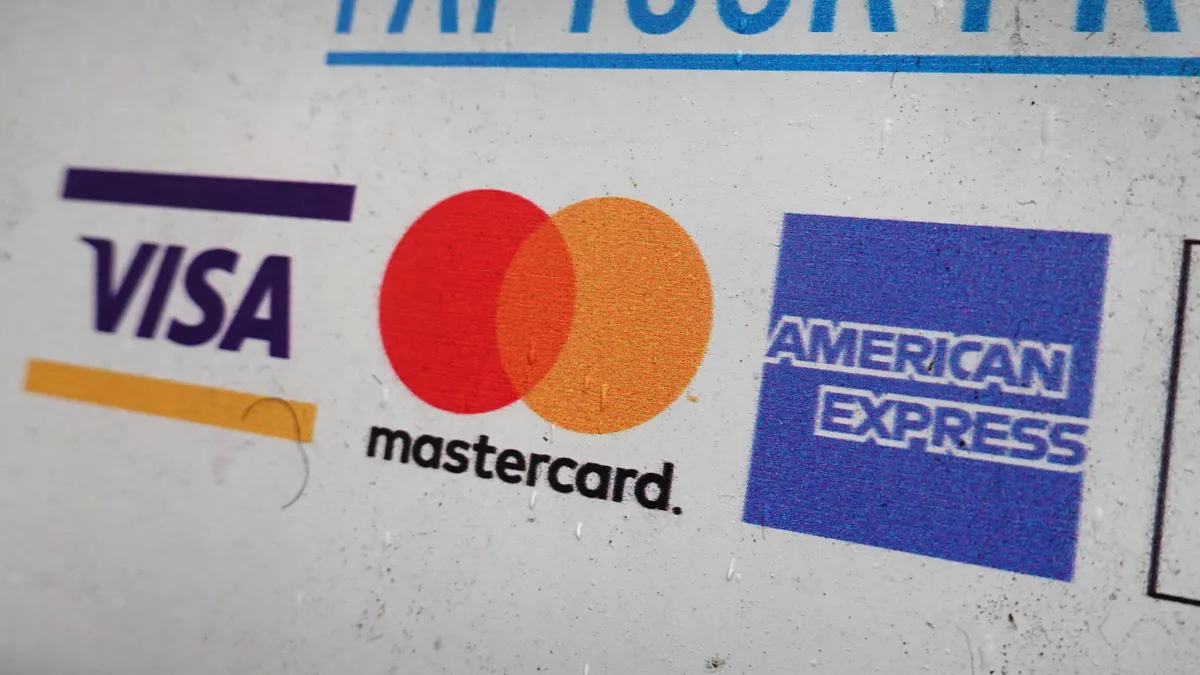Dive Brief:
- The average credit card interest rate in the U.S. late last month climbed to 17.96%, which was the highest on record since January 1996, according to a report from consumer review and publishing firm Bankrate. The survey was started in the 1980s.
- The interest rate for the last week of August rose past a more recent average weekly high of 17.87% set back in April 2019, according to the report published by the firm on Wednesday.
- The credit card average has risen steadily in the past three months, figures from the firm show. “There’s a significant cumulative effect to these rate hikes” for credit cardholders, Bankrate Analyst Ted Rossman said in a Bankrate email sent to Payments Dive.
Dive Insight:
The higher credit card interest rates are a direct result of the Federal Reserve increasing interest rates to cool the economy and constrain inflation, and they’re likely to rise more as Fed Chairman Jerome Powell pursues a plan to keep boosting rates.
“During the last rate hike cycle, it took the Fed three years to raise rates 225 basis points (from December 2015 to December 2018),” Rossman said in the email. “This time, it only took them 4 ½ months from mid-March to late July. And there’s more to come.” Rossman predicted interest rates will jump another 150 basis points by yearend.
The hikes generally affect both new and existing balances, so that means most credit cardholders now face rates that are about 225 basis points higher than they were six months ago, Rossman said. He noted that’s a significantly increased burden for consumers with hefty balances.
For the card-issuing banks, such as JPMorgan Chase and Capital One, that means more interest income, in addition to the increasing benefit they’re reaping from higher inflation, which increases the cost of the goods and services purchased that feed those balances.
The card issuers and the card network companies, including Visa, Mastercard, American Express and Discover Financial Services, all benefit from any rise in interchange fees that are a percentage of the amounts spent.













